Intermediates
Gallantry and accessories
Blog Piekiełka
Traditional weaving craft of the HMong or Miao people
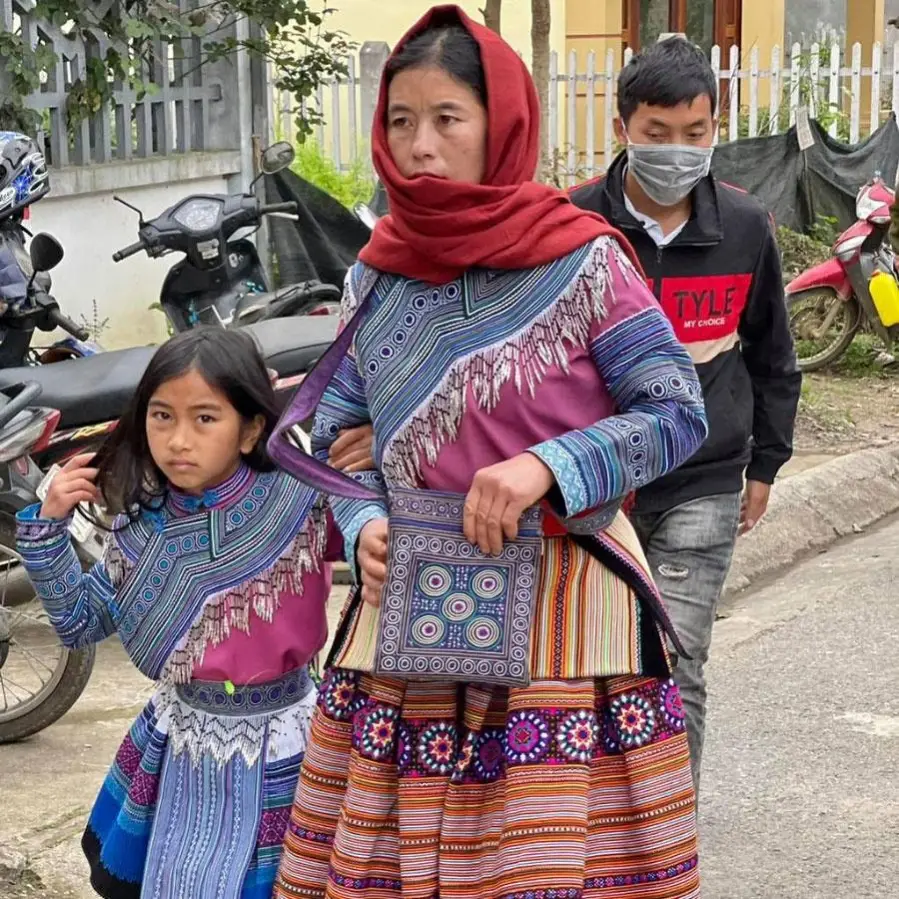
According to an old legend, the ancestors of today's Miao came from "an icy land with harsh winters and long nights" - probably from the highland steppes of Tibet, Siberia and Mongolia. There are references to this nation in Chinese chronicles dating back nearly 5,000 years. These writings show that the Miao defied the Chinese empire, and their rebellion led to increased oppression by the Chinese.
Over the centuries, they were increasingly pushed into the inhospitable mountainous regions of southern China. Subsequent failed uprisings by the Miao people led to increased emigration to Vietnam, Laos and Thailand. The recruitment of many Hmong by the Americans in the Vietnam War brought further losses, repression and emigration to this nation after the defeat of the aggressors.
The nation of more than 15 million people is called Miao, Meo, Hmung, Hmu or Hmong depending on which territory they live in. Miao living in the mountainous provinces of southern China see nothing pejorative about the name, while Miao from Vietnam, Laos and Thailand prefer to be "H'Mong," meaning "free people." The Miao are divided into more than a hundred ethnic groups, which differ mainly in dress.
For example, in northwestern Guizhou and northeastern Yunnan, Miao men usually wear woven jackets with colorful patterns, and put wool blankets with geometric designs on their shoulders. In other regions, they wear short jackets buttoned in front or on the left side, long pants with wide belts and black scarves. In winter, they additionally wear leg wraps (puttee), which are long rectangular pieces of fabric from the ankle to the knee.
Women's attire varies even from village to village. In western Hunan and northeastern Guizhou, women wear jackets buttoned on the right side and pants. The collars, jacket sleeves and trouser legs are decorated. In other regions, women wear short jackets with high collars and pleated skirts of various lengths. They wear a variety of silver jewelry.
From hemp to traditional Hmong attire
For those living in the Hmong mountains, hemp has been a valuable raw material for making cloth for generations. The cultivation of fiber hemp is closely linked to their daily lives. Women harvest the plants and extract them for fiber. Men make fiber spinning reels and weaving workshops. Times are changing, however; mountains and idyllic valleys are no longer isolated from the world. The modern world is also reaching the Hmong with all its good and bad qualities. Industrially produced fabrics are cheap and convenient to use. The traditional weaving of the mountainous nation is slowly losing its importance. One can only hope that since the Hmong (also called Miao) have preserved their distinct culture and traditions for several thousand years, with mighty China as their neighbor, they will not exchange it entirely for the often illusory, alien modernity.
About 350 kilometers northwest of Hanoi lies the mountain town of Sa Pa, a resort founded in colonial times by the French seeking a cooler climate. The surrounding villages are inhabited by numerous ethnic minorities, among them the Black Hmong. They grow fiber hemp and dyer's indigo, whose leaves like ink dye fabric. Both plants are among the most important cultivated by the Black Hmong. It is from indigo that they obtain the dye for their traditional clothing, which has earned them the nickname "black." They apply filigree ornaments to the women's dark background, giving complete outfits an elegant look.
Much has changed in the lives of the Black Hmong, life has become lighter, new roads and motor vehicles have replaced bumpy trails and buffalo-drawn carts. Food and medicine supplies improved. Only the traditional costumes of the Black Hmong still remain the same. Two or three times a year, hemp is harvested on the mountainsides around Sa Pa and dried about ten days in the sun. The raw fibers are made into yarn and grated until they are pleasantly soft. This procedure is done while doing other work: women always carry some yarn with them for processing.
Finally, indigo leaves are boiled in a large quantity with lime and water for many days. Hemp cloth is soaked in this brew until it takes on the right color. The process is long and tedious.
Prestige depends on the amount of clothing
Making clothes is an ambitious occupation for Hmong women. Even young girls learn to weave and sew, and by the age of 12-13 they are preparing elaborate garments. It is part of the old Hmong tradition that the bride herself sews her wedding outfit, and also makes clothes, linens and covers as gifts for the fiancé's family. After the wedding, women weave and sew clothes for the whole family.
For the Lunar New Year holiday, each family member gets a set of clothes. Hmong women thus sew throughout the year - for their family and personal satisfaction. A woman's prestige depends strictly on the contents of her closet; on the quantity and quality of her clothes. It can be said that women "embroider" for themselves not only a place in the community, but also respect and recognition.
The Hmong say that the best candidate for a wife is a woman who can make clothes particularly beautifully and creatively; who knows and can apply various weaving techniques, embroidery, appliqué and batiks to achieve an aesthetic whole. Skills are orally passed down from generation to generation and are still being modified. Black Hmong men are familiar with two dozen different patterns that regularly appear on their clothing. Women are, of course, free to compose them. They can swap elements of the complex pattern at will, introduce their own ideas. For generations, women have forged a pictorial language of embroidery and embroideries, in which they express their feelings and emphasize their ethnic identity. Their costumes tell stories, which are often inspired by everyday life and life among the mountains. They are a cultural reflection of Hmong society.
The difficult art of making clothes
Making clothes to this day remains time-consuming and laborious handwork. From growing hemp, to processing it, to the finished garment, the Hmong reportedly count 41 steps-steps. Preparing one single shawl requires eight weeks. Of these 41 steps, the most important 12 can be distinguished:
- Growing and harvesting the hemp.
- Drying the hemp and releasing the fibers.
- Spinning the fibers into thread.
- Softening the yarn until it becomes soft and flexible.
- Weaving and washing the linen.
- Collecting and boiling indigo leaves.
- Applying a pattern to the fabric using the batik technique (applying wax and bathing the fabric in dye - only areas not covered with wax are dyed).
- Repeating the procedure multiple times to achieve intricate ornaments.
- Washing the dyed fabric.
- Sewing garment elements.
- Applying embroidery and appliqué.
- Dressing a new outfit.
Weaving work is an integral part of Hmong women's daily lives. Young women meet often, laugh and gossip, while still tending to their needle and thread. Full of imagination, they embroider colorful designs on blouses, scarves and handbags. In the market, outside the door of the house, among friends or family - every minute is creatively used. This is how the prestige of the Hmong woman and the cultural identity of the nation is created.
Miao Hmong Nation Jewelry
-
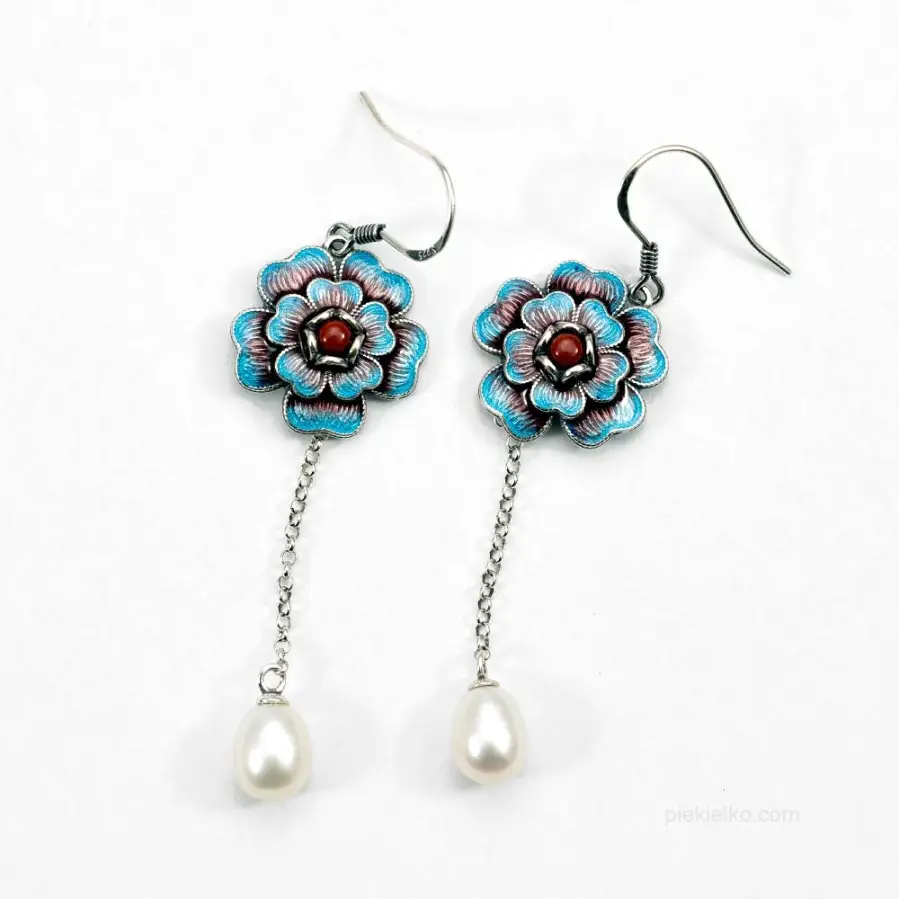
Miao flower with pearl and coral
308,00277,97 -
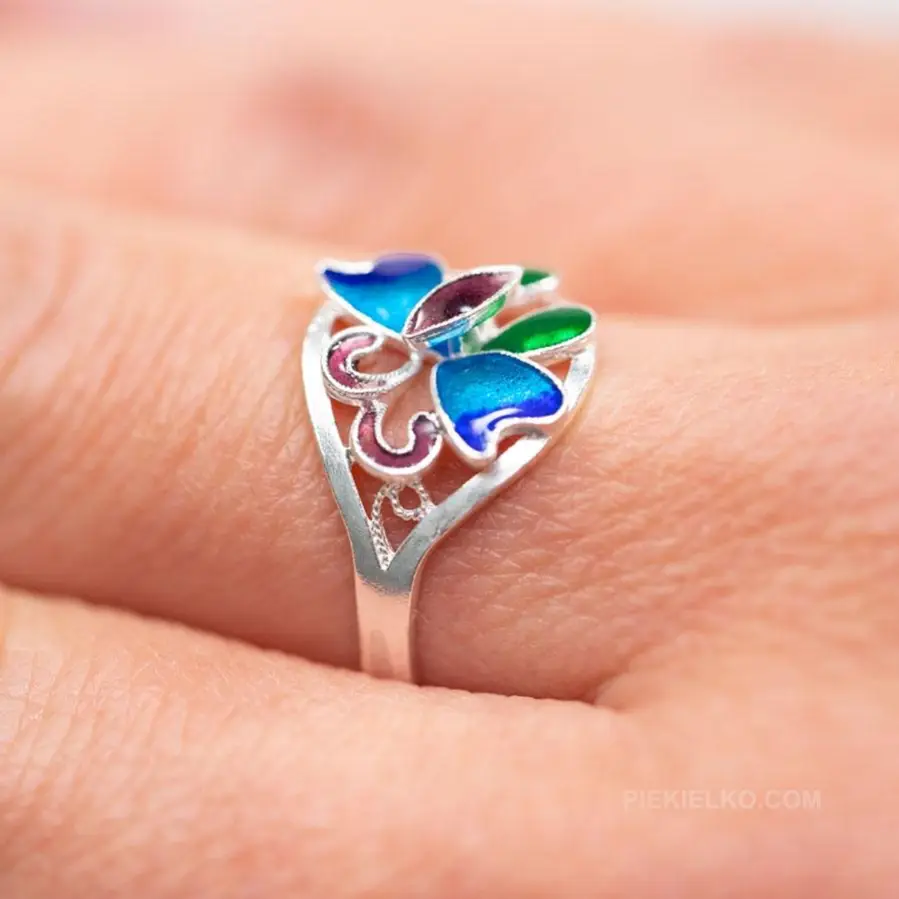
Silver enameled Miao ring
149,00134,47 -

Green leaf silver Miao earrings
320,00288,80 -
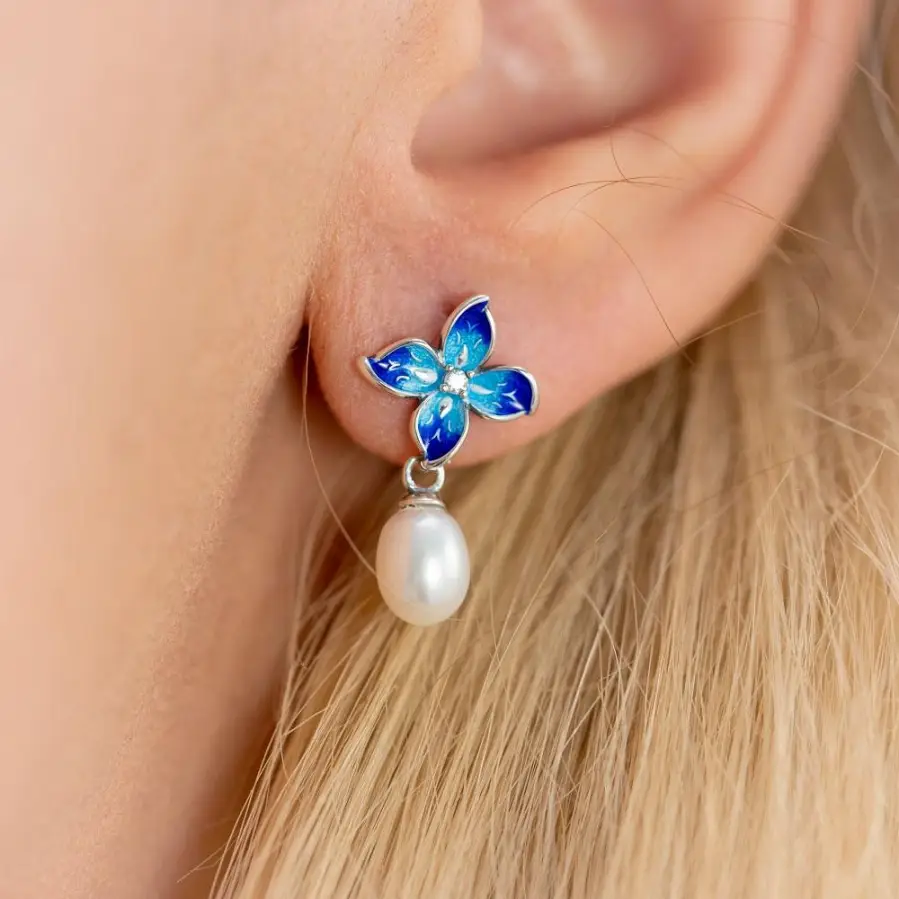
Painted Miao earrings with pearl
176,00158,84 -
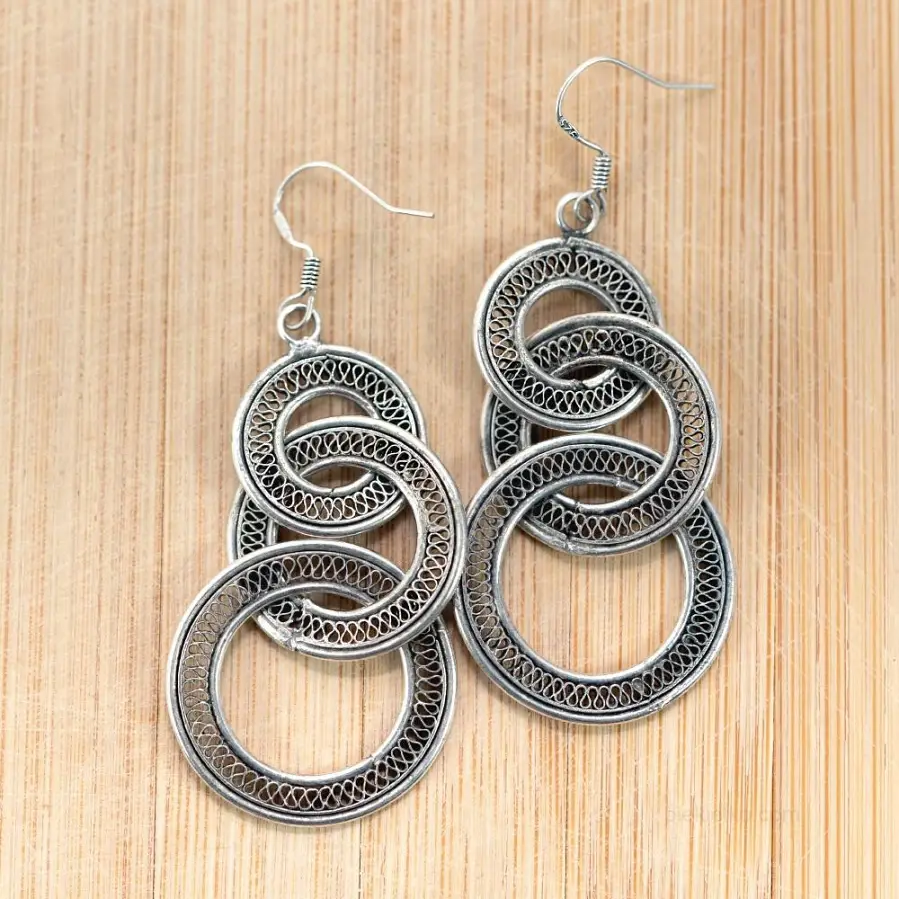
Hmong openwork circles
149,00141,55 -
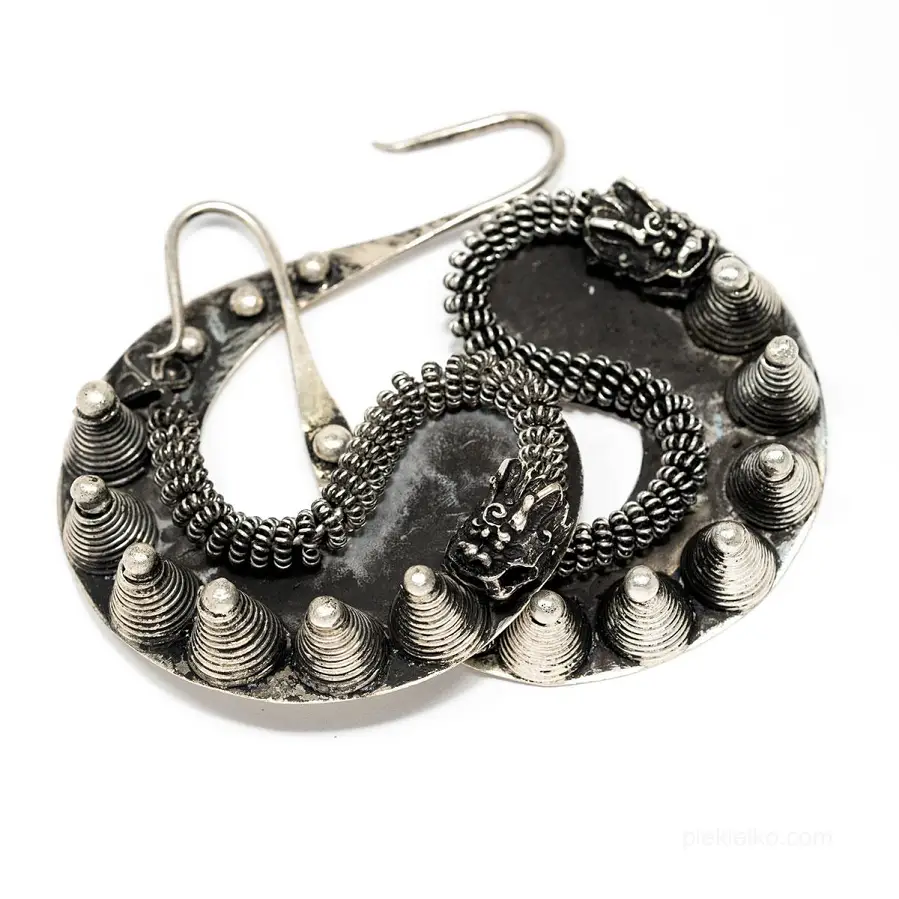
H'Mông dragon earrings
198,00112,86 -

Silver tribal pendant
407,00386,65 -
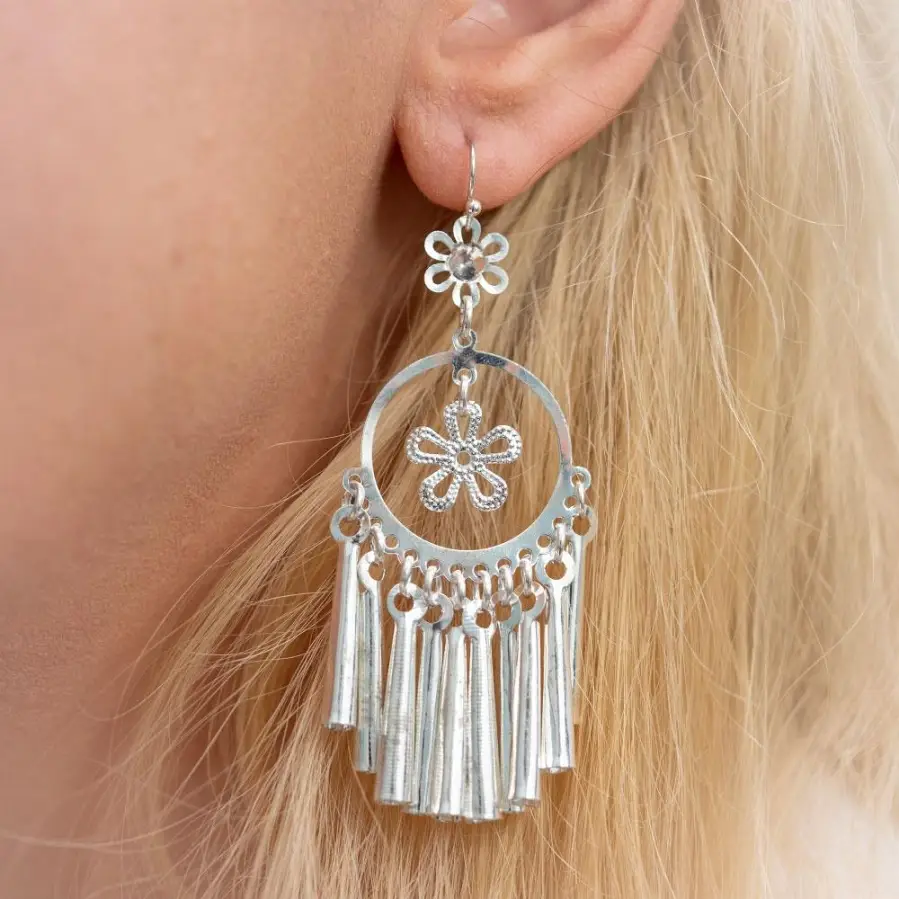
Silver plated Miao earrings
89,0084,55 -
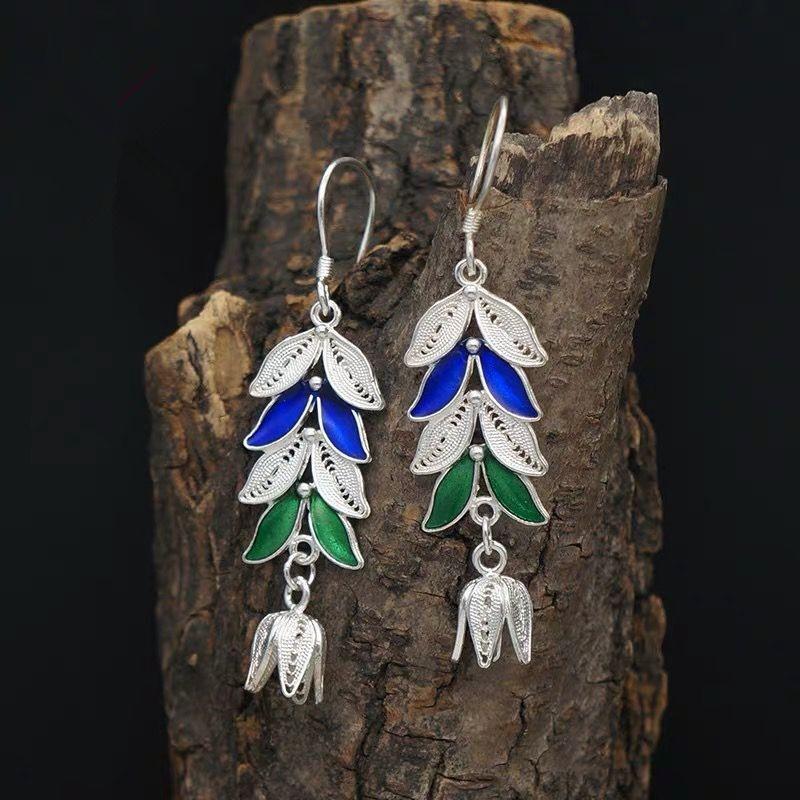
Silver tribal earrings S999
226,00203,97 -
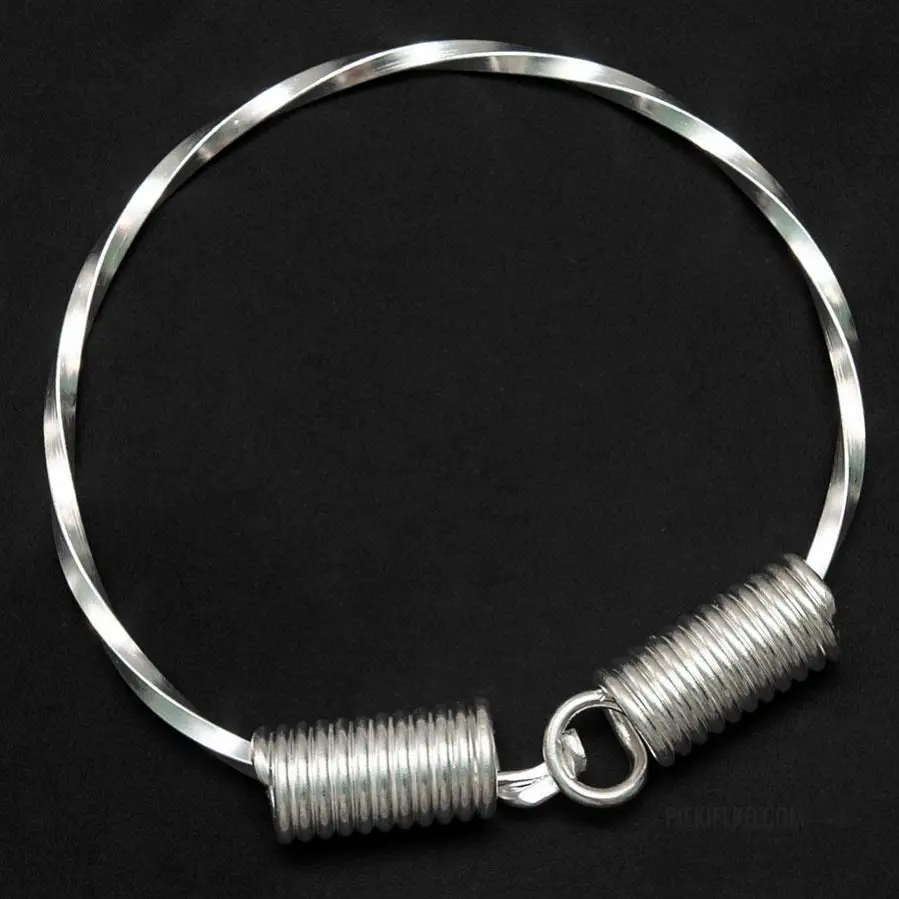
Hmong Miao necklace
98,00 -
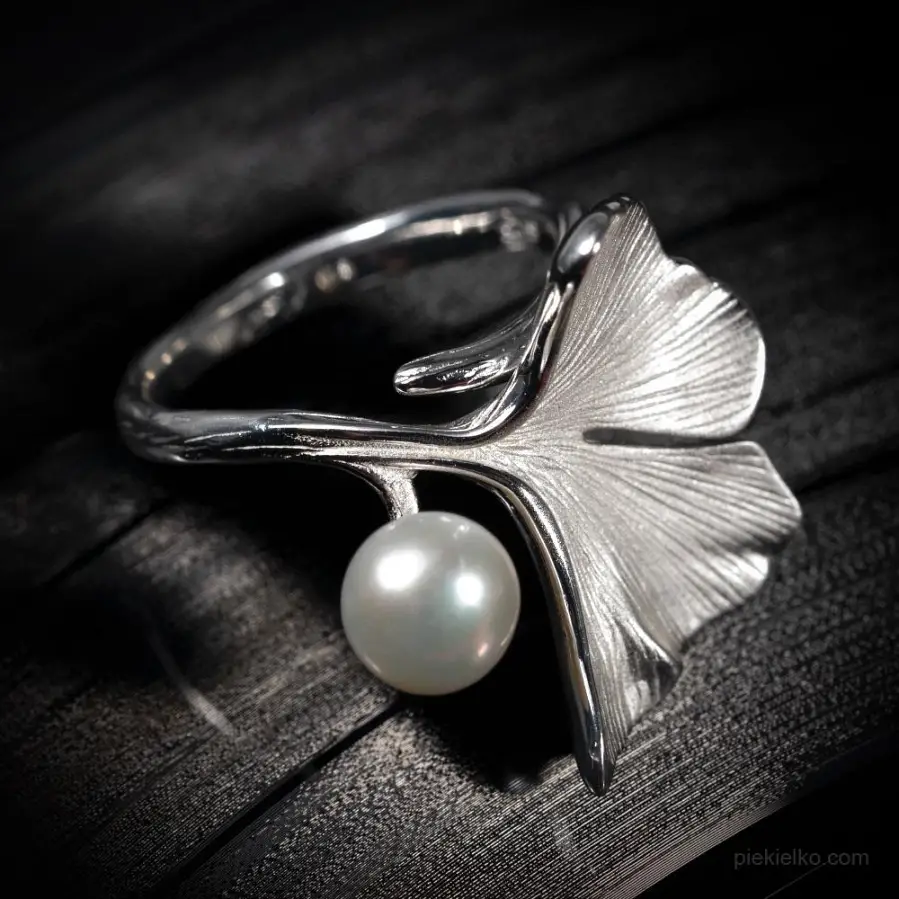
Silver ring with a pearl
357,00322,19 -
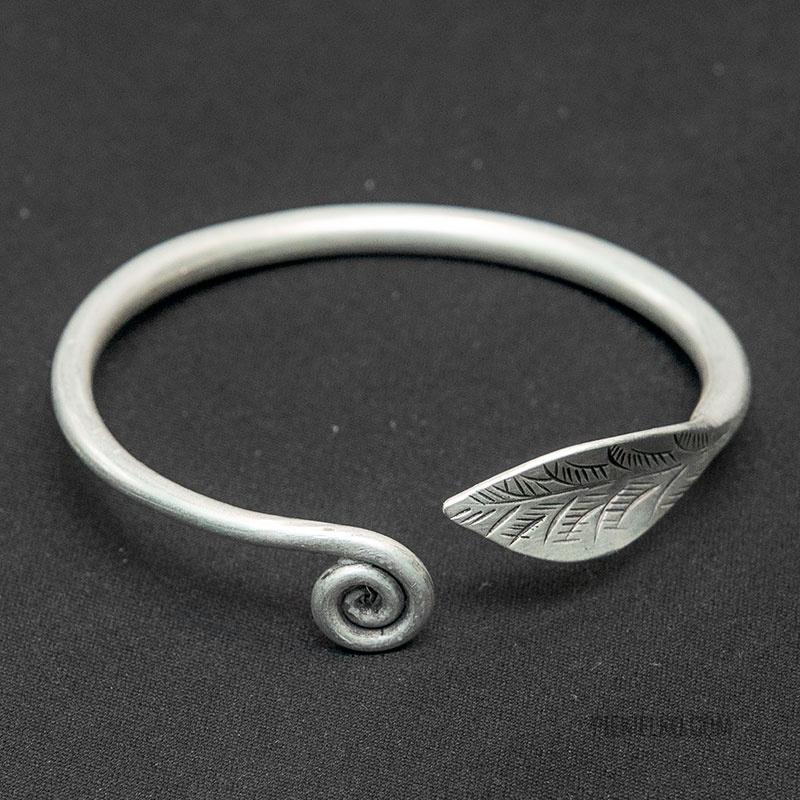
Miao bracelet
73,00 -
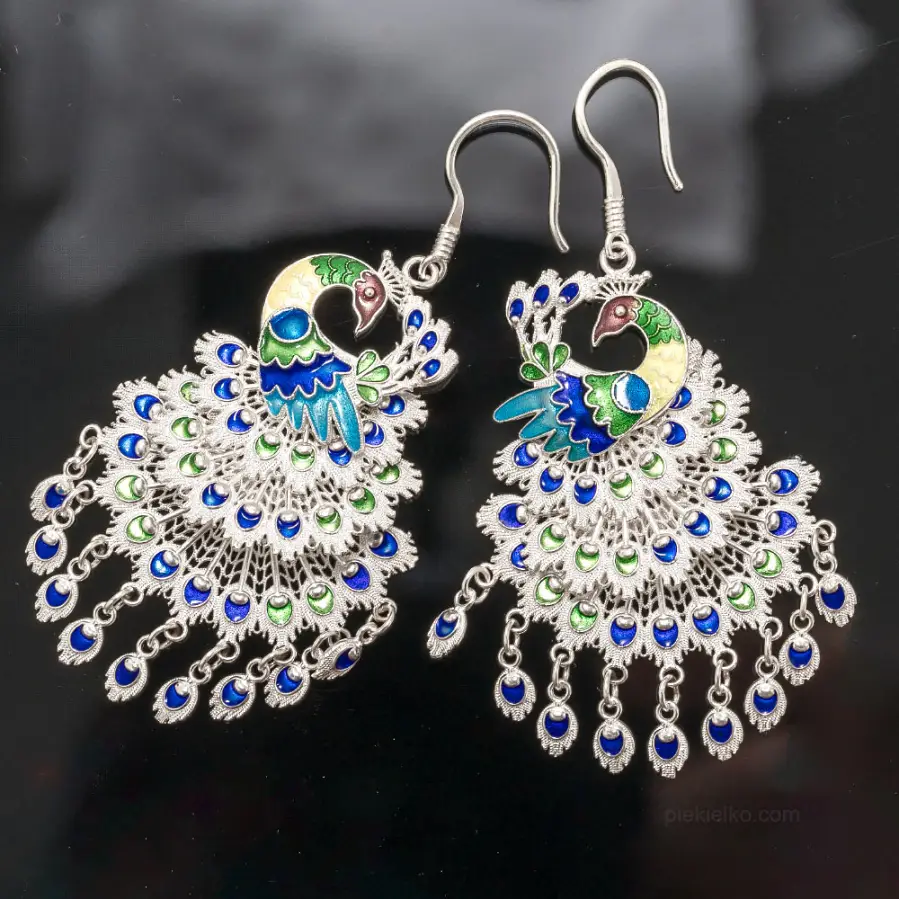
Silver earrings of the Miao tribe
429,00387,17 -
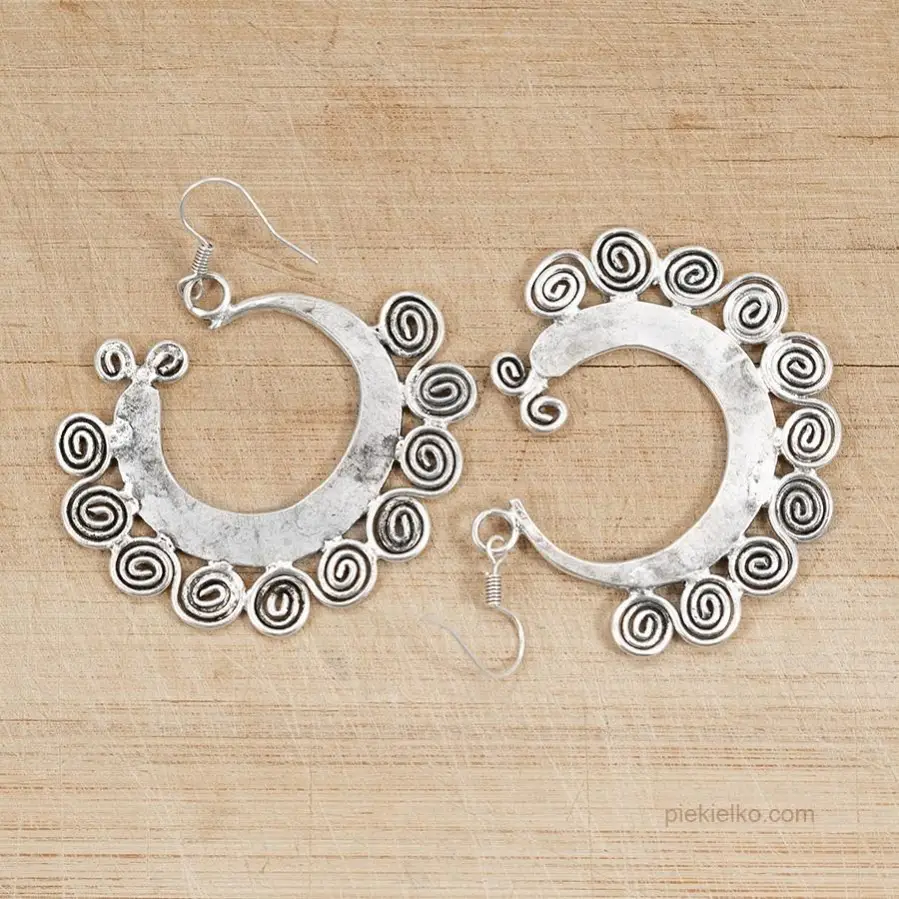
Hmong earrings
95,0090,25 -

Long silver-plated Miao earrings
135,00128,25 -
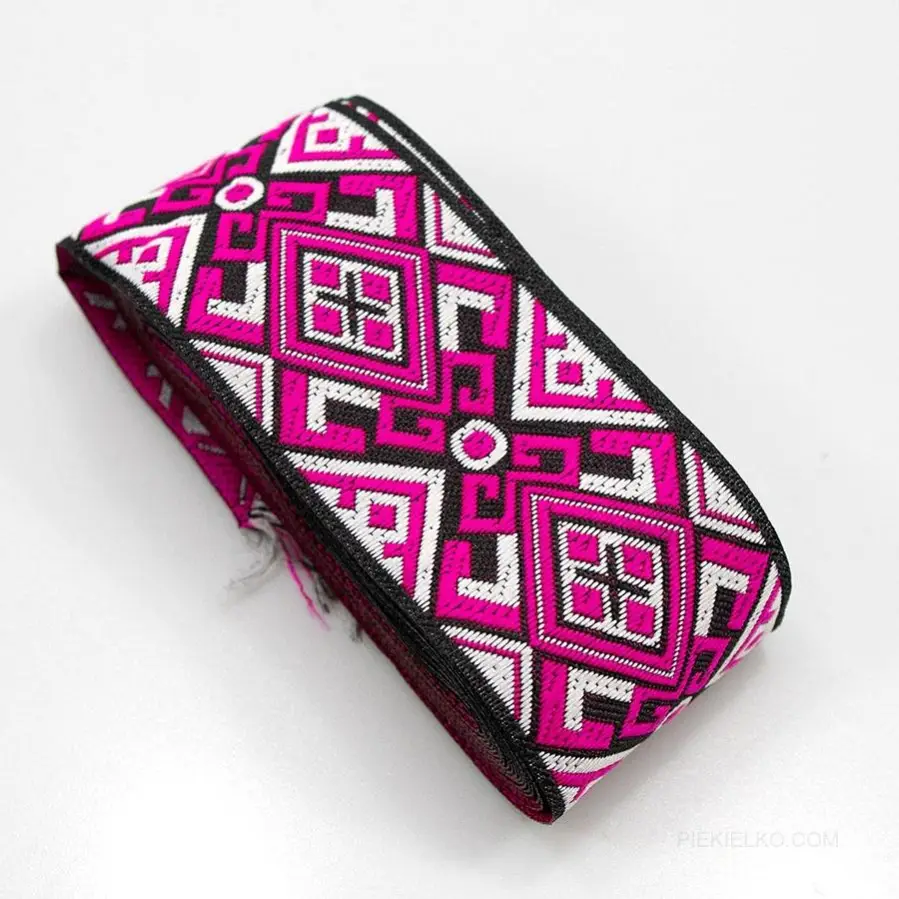
Hmong Miao fabric
20,0015,00 -
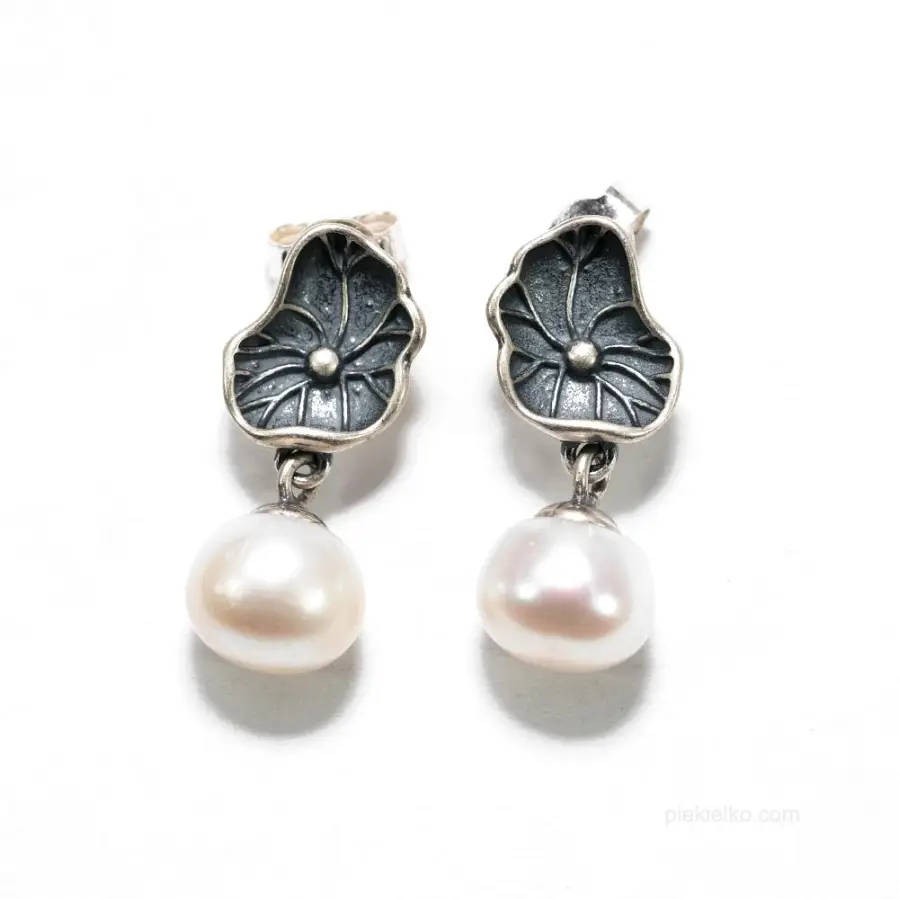
White pearl flower earrings
187,00168,77 -
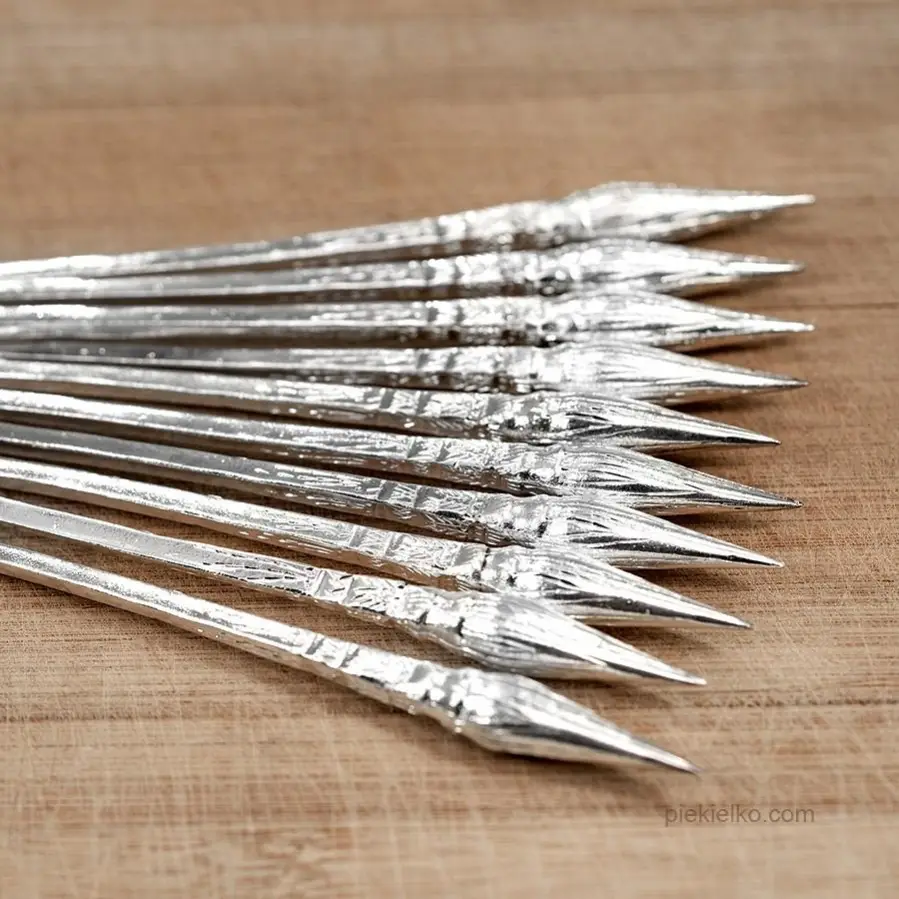
Hmong hair pin
89,00 -
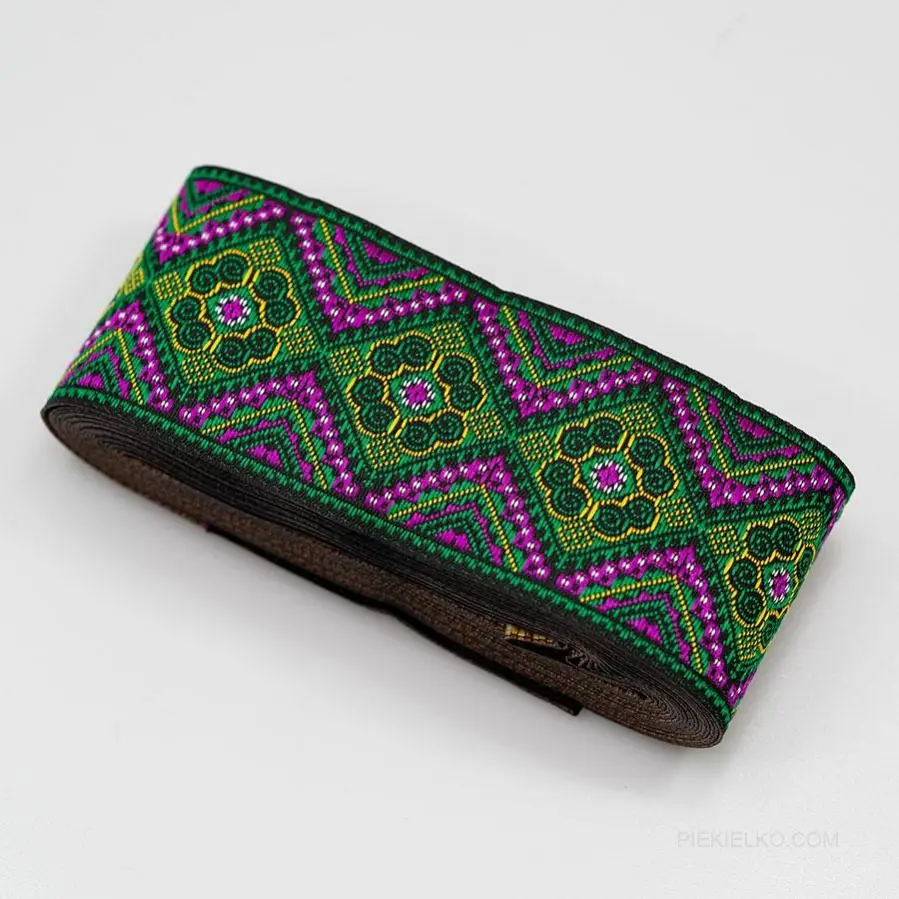
Hmong Miao fabric
20,0015,00 -
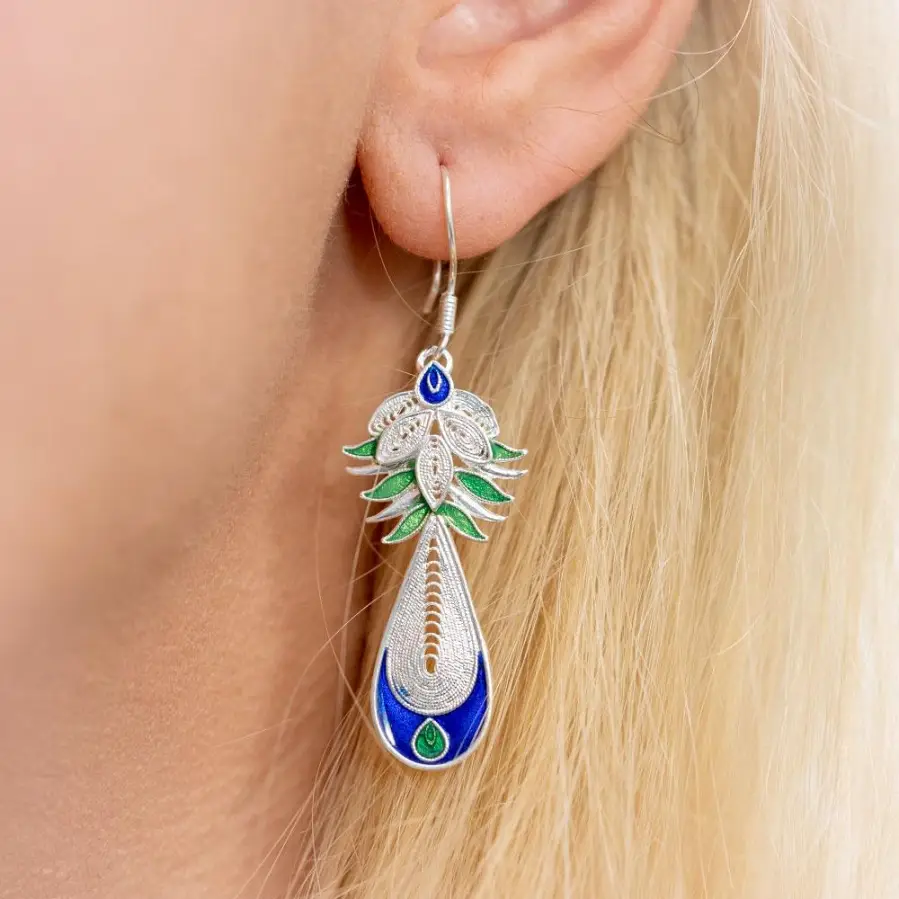
Oriental silver Miao earrings
315,00284,29



© Piekielko.com

